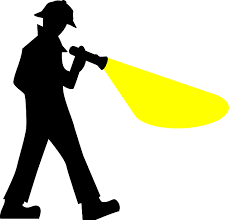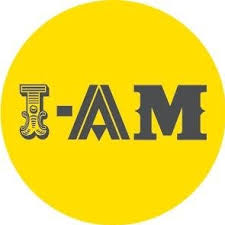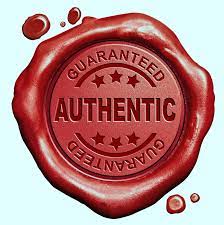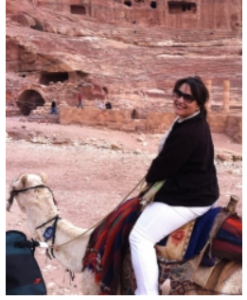Testing and Brand Strategy
 I was reading a little ditty on the web today about effective marketing which at first glance, seemed quite smart.
I was reading a little ditty on the web today about effective marketing which at first glance, seemed quite smart.
Test, then double down or kill.
- Test everything, your messaging, your creatives, your approach, everything
- If it works, double down and iterate further to see how far you can go
- If it doesn’t work and iteration fails, kill it no matter what.
As I thought it through though, I began to see that while this may be good marketing advice – constant learning and positive movement – it is not at all good brand building advice.
Brand building begins with strategy. Ask a hundred people, you may get a 1hundred answers what a brand strategy looks like, but most will agree a strategy is accountable for tactics. As I read the test, test, test advice I began to think about the whiplash it will cause marketers. And my neck hurt. Testing the brand strategy is absolutely called for. But once in place, let your un-artificial intelligence drive the program. (Media tests are okay.)
Get your brand strategy right and get your strategy tight to save time downstream. If you test everything, you are testing nothing.
Peace.









